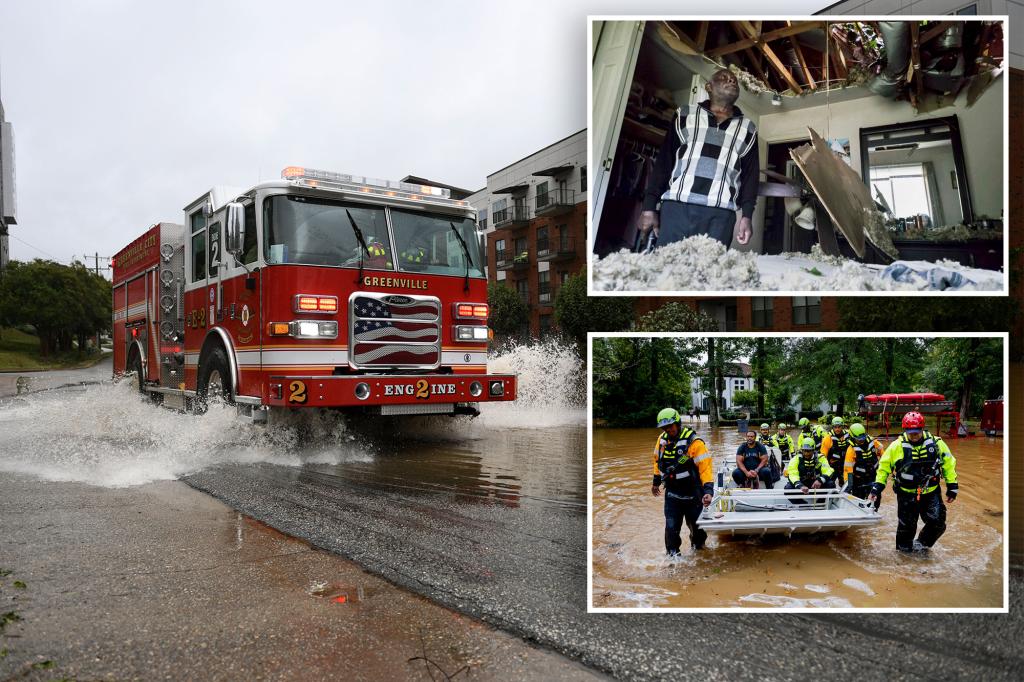Hurricane Helene caused widespread devastation in the southeastern United States, with the death toll rising to 64 people. Among the victims were three firefighters, a mother and her infant twins, and an elderly woman who was struck by a falling tree. Eleven deaths occurred in Florida, including nine people who drowned in their homes during a mandatory evacuation in Pinellas County. The death toll is expected to rise as recovery efforts continue, with many municipalities reporting fatalities but unable to provide exact numbers due to communication issues.
The aftermath of Hurricane Helene left thousands of survivors stranded and without shelter, while millions were left without power. Georgia Governor Brian Kemp described the damage as looking like a bomb had gone off, with homes destroyed and highways covered in debris. Water rescues were conducted across Tennessee, Georgia, North Carolina, South Carolina, and Virginia, including a dramatic helicopter rescue of patients and staff from a hospital rooftop. Western North Carolina experienced landslides and severe flooding, leading to road closures and isolation of the region.
Hurricane Helene became the deadliest storm to hit South Carolina since Hurricane Hugo in 1989, causing significant destruction and loss of life. Atlanta, Georgia, broke records with 11.12 inches of rain in 48 hours, the most in the city’s history since record-keeping began in 1878. AccuWeather estimated that the total losses from Helene could range from $95 billion to $110 billion, taking into account damage to infrastructure, businesses, homes, and the overall impact on the economy. Airlines experienced delays and cancellations due to the storm, affecting travel across the country.
Recovery efforts continued as the remnants of Hurricane Helene lingered over the Tennessee Valley, causing continued flooding and disruption. The storm affected parts of the New York City region with light rain and was projected to continue into the work week. The destructive impact of Helene made it one of the most devastating storms to hit the U.S., with widespread damage and loss of life. As officials worked to assess the full extent of the destruction and provide aid to affected communities, the recovery process was expected to be long and challenging.
Overall, Hurricane Helene left a trail of destruction across the southeastern U.S., with a rising death toll and extensive damage to homes, businesses, and infrastructure. The storm caused catastrophic flooding, landslides, and power outages, impacting millions of residents and leading to widespread evacuations and rescues. The economic impact of Helene was significant, with billions of dollars in estimated losses and disruptions to travel and supply chains. As communities worked to recover and rebuild in the aftermath of the storm, the resilience and support of emergency responders and volunteers played a crucial role in assisting those affected by Hurricane Helene.













